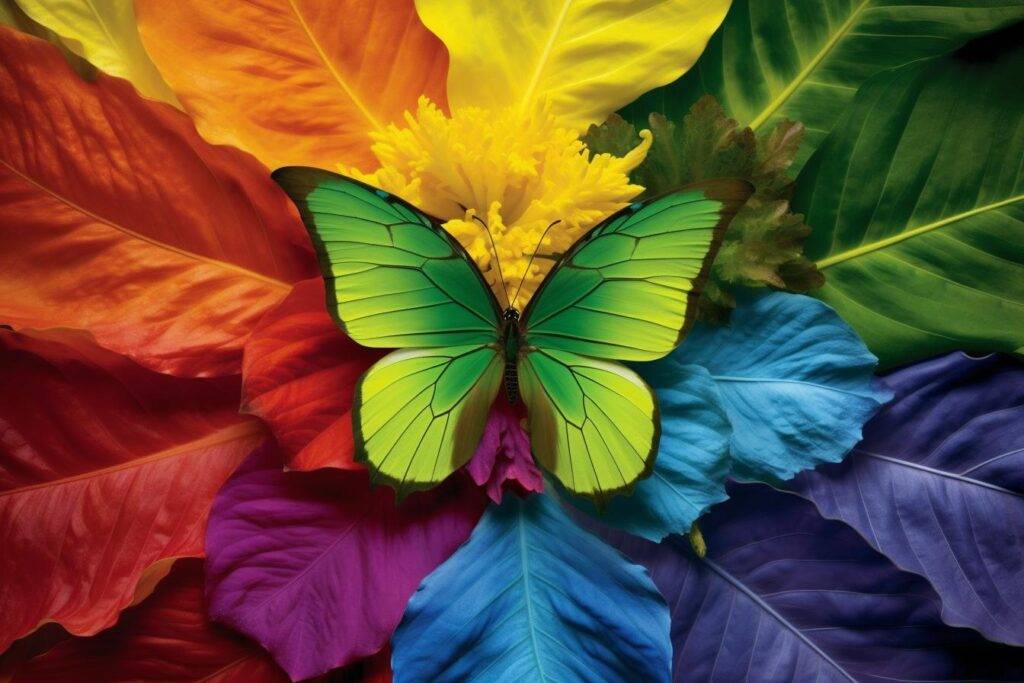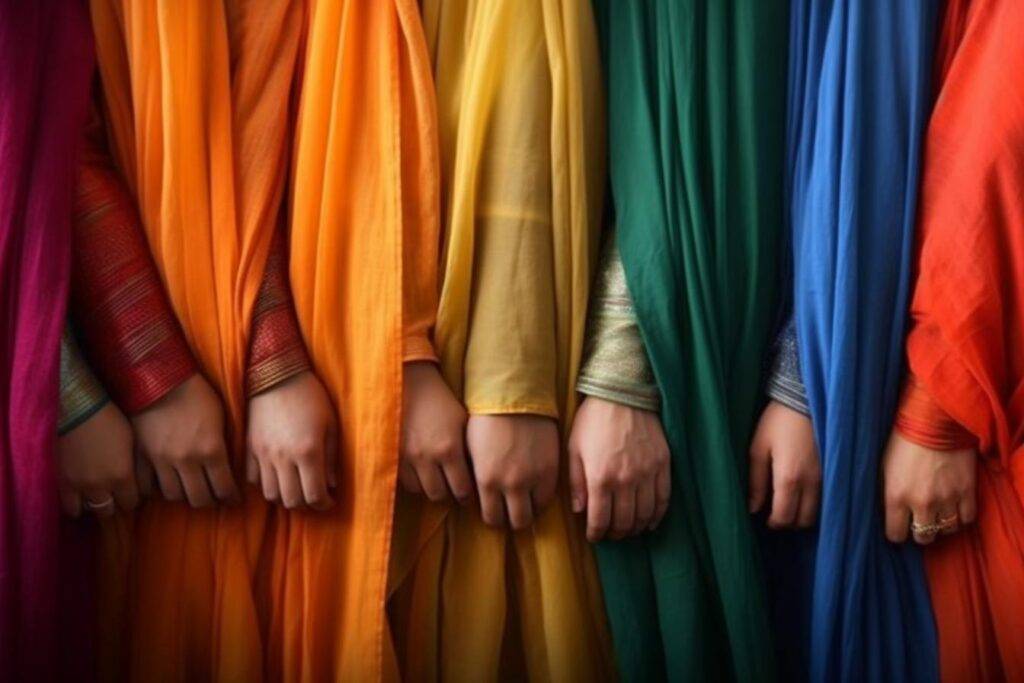If there were fewer colors in our world, it would significantly change our perception and experience of the environment we live in. Without a wide range of colors, the world would look duller and less visually appealing, affecting how we perceive the beauty of the world around us.
Emotionally, colors have the power to evoke strong feelings and influence our mood. In a world with fewer colors, our emotional range may become limited, making it harder to express or interpret emotions through color.
Colors have a symbolic meaning in many societies. They are deeply rooted in traditions and rituals. Fewer colors would affect the cultural symbolism attached to certain hues, changing the way we interpret and understand different aspects of our culture and heritage. It would encourage us to look for new ways to express and represent cultural values and identity.
Artistic expression would undergo a fundamental transformation. Color is an essential tool for artists to express their ideas and create a particular mood or emotion in their work. With fewer colors available, artists would have to look for alternative means to express their artistic vision. This could lead to the emergence of new artistic styles and techniques that emphasize other elements such as texture, composition or form.
In the world, colors serve as essential signals of biological interaction. Flowers use color to attract pollinators, and animals use bright colors for mating rituals or camouflage. A world with fewer colors would disrupt these natural processes, affecting ecosystems and the delicate relationships between organisms. This would force organisms to adapt and find new ways to communicate and survive.
Colors are important in our perception, emotional experience, cultural symbolism and artistic expression. While a world with fewer colors would present unique challenges, it also underlines the importance of embracing and celebrating the vibrancy and diversity of our colorful world.




